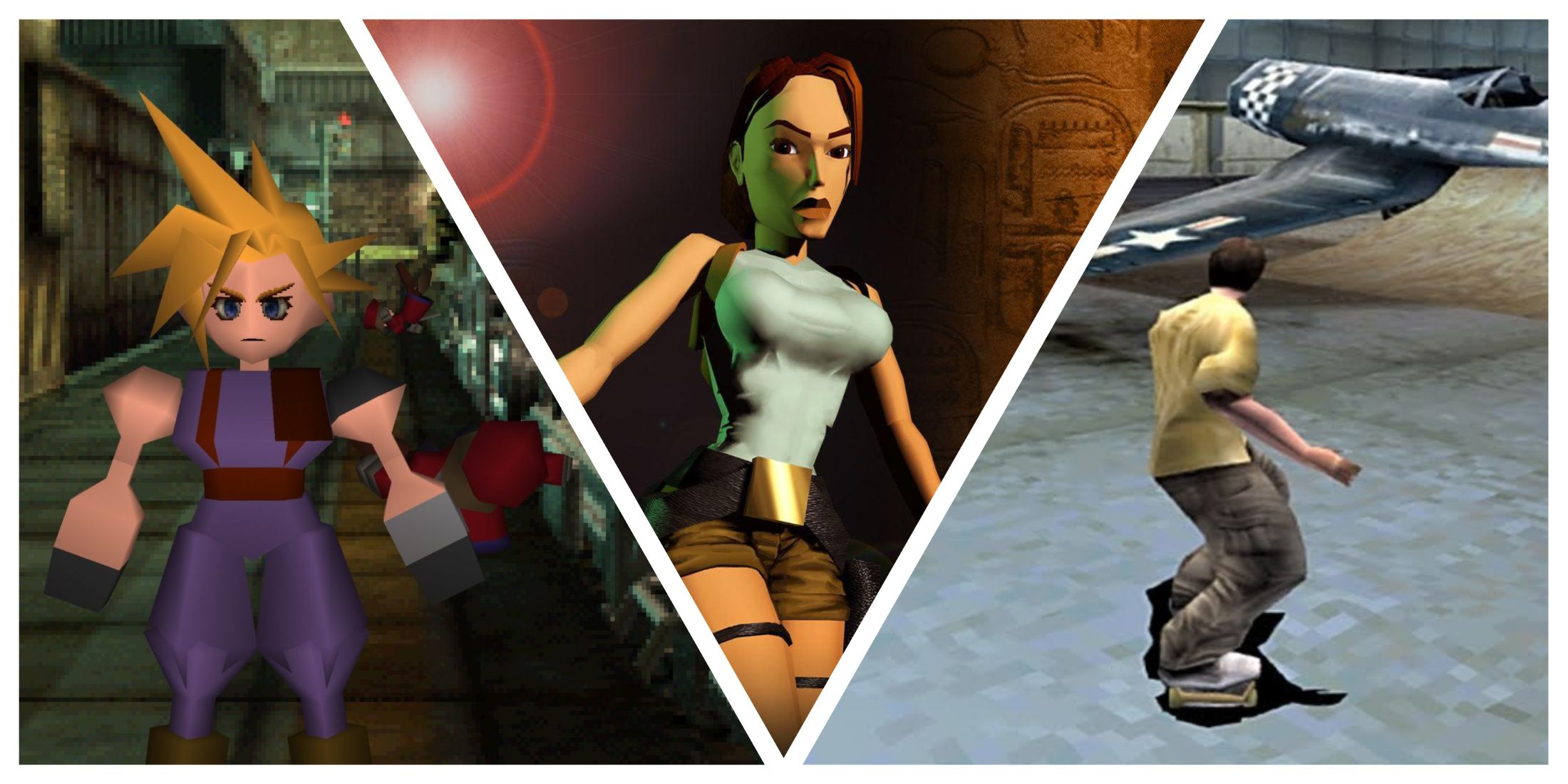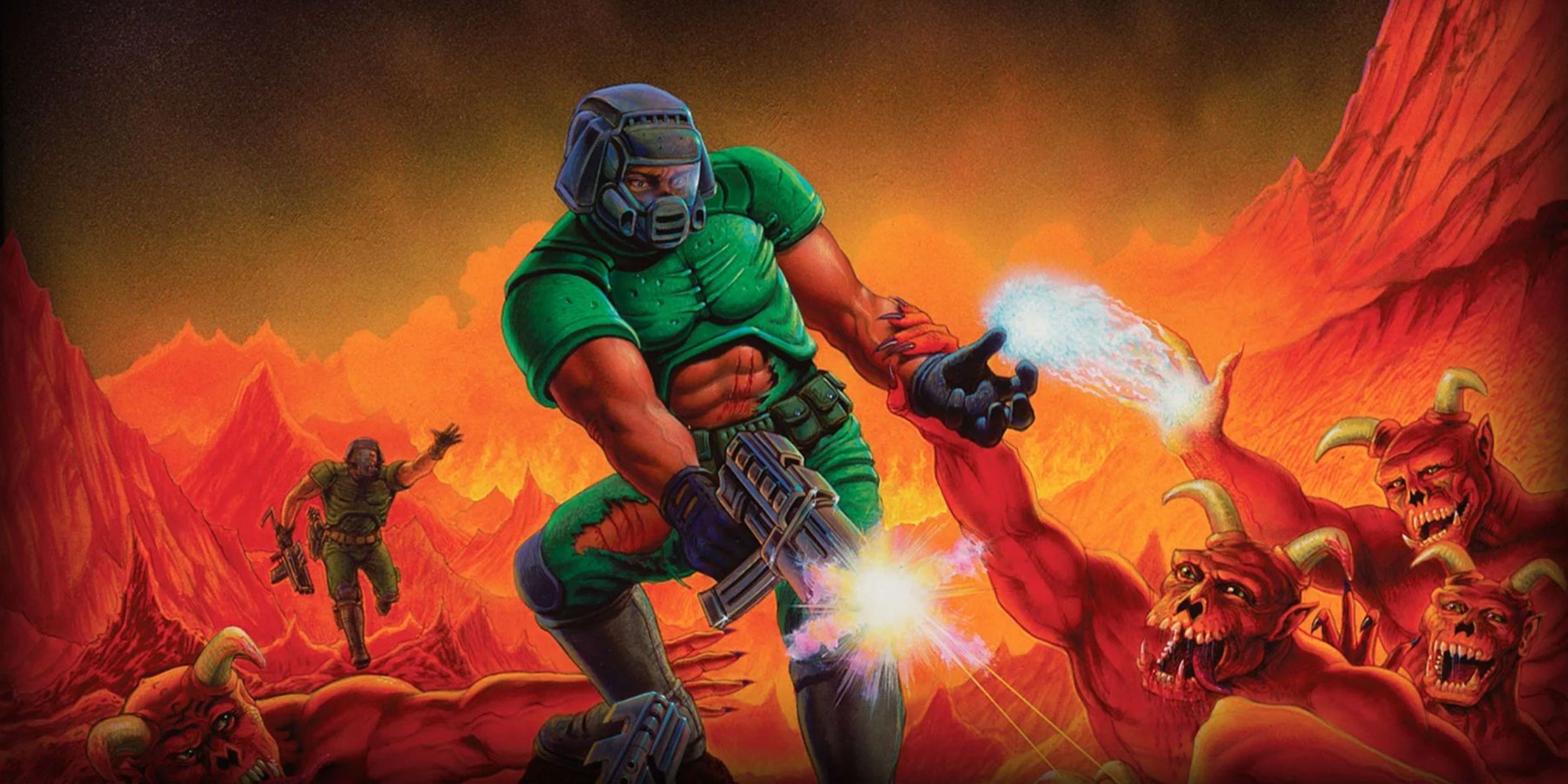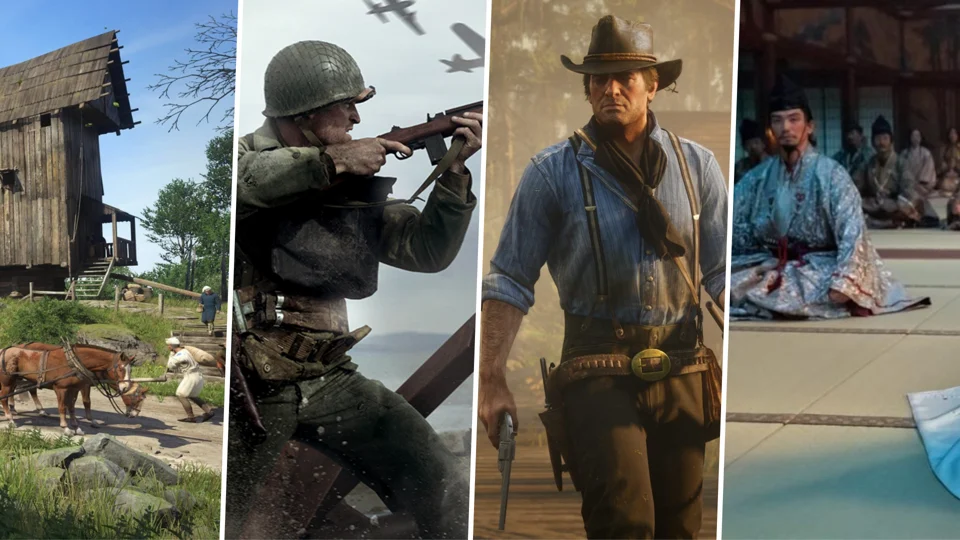The original Sony PlayStation, launched in 1994 (and in 1995 in North America), ushered in an upheaval in gaming culture and the industry. With the power of CD-ROM technology, true 3D graphics, and a shift toward adult-oriented marketing, the PlayStation pushed limits in terms of hardware, culture, and the imagination with its legendary library of games.
Related
8 PS1 Games That Were Technically Impressive
From Spyro’s extra draw distance to Metal Gear Solid’s cinematic mastery, these PS1 games pushed the console to its limits with groundbreaking tech.
From revolutionary game design to the birthplace of entire genres, these games raised the bar for what gamers could expect from their hobby while bringing it closer into the mainstream. While the console almost has too many incredible games to count, these games shaped the medium for decades to come.
Zombie stories, especially in movies, were already hugely popular before this game came knocking. However, with its eerie mansion setting, limited resources, puzzle-based progression, and claustrophobic fixed camera angles, effectively birthed modern survival horror as it is known today, even despite some extremely rough voice work, at least in the English dub.
While the voice acting is reminiscent of B-movie line delivery, the atmosphere, pacing, and execution of jump scares still deliver top-tier horror. Resident Evil became an international household name, spawning decades of sequels and movie adaptations, and proving that horror in video games could be just as honed and terrifying as any on the silver screen.
Most racing games before lived in the arcade as bright, loud, and physically impossible abstractions of the sport. But Polyphony Digital’s debut effort aimed higher, offering a then-unprecedented level of racing realism with its simulation-focused handling, detailed car tuning, and an expansive lineup of licensed vehicles.
4:25
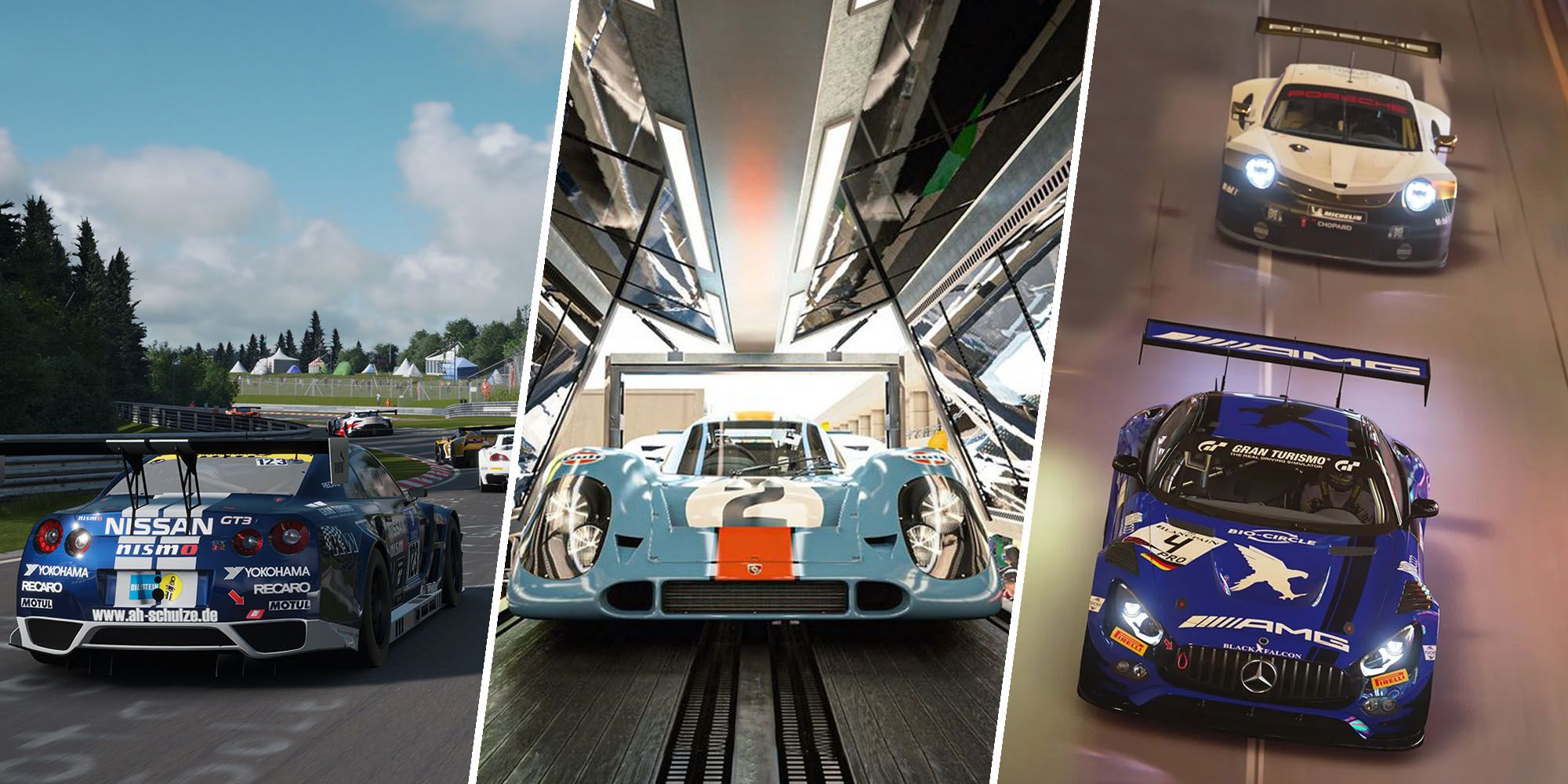
Related
Every Gran Turismo Game, Ranked
The very best Gran Turismo games helped to define and redefine the racing sim genre, but some merely toed the line. Here, we rank every mainline game.
Gran Turismo's commitment to authenticity and realism turned the heads of motor enthusiasts, but it brought new respect to the racing genre and gave players a reason to care about real-world cars. Its crisp visuals, dynamic replays, and surprisingly addictive progression loop made it a system-seller overnight and raised the bar for immersion and graphical fidelity.
Skateboarding was a cultural touchstone in the 1990s, and while the original laid down the track, perfected the technique. Thanks to the console’s CD-based format, it could feature full licensed tracks from artists like Rage Against the Machine, Bad Religion, and Naughty by Nature. At the time, hearing real music in a game was still a rarity, but this perfectly curated mix of punk, hip-hop, nu-metal, and ska felt authentic, drove the game’s sense of identity, and fueled the momentum of its high-speed, combo-chaining gameplay.
With its refined, buttery-smooth handling, deep combo mechanics, custom character maker, and iconic level design, many gaming veterans still consider it to be the greatest skateboarding game ever made. THPS2 nailed the balance between style and substance, and helped bring alternative sports into the mainstream without grinding down the edges that made them cool in the first place.
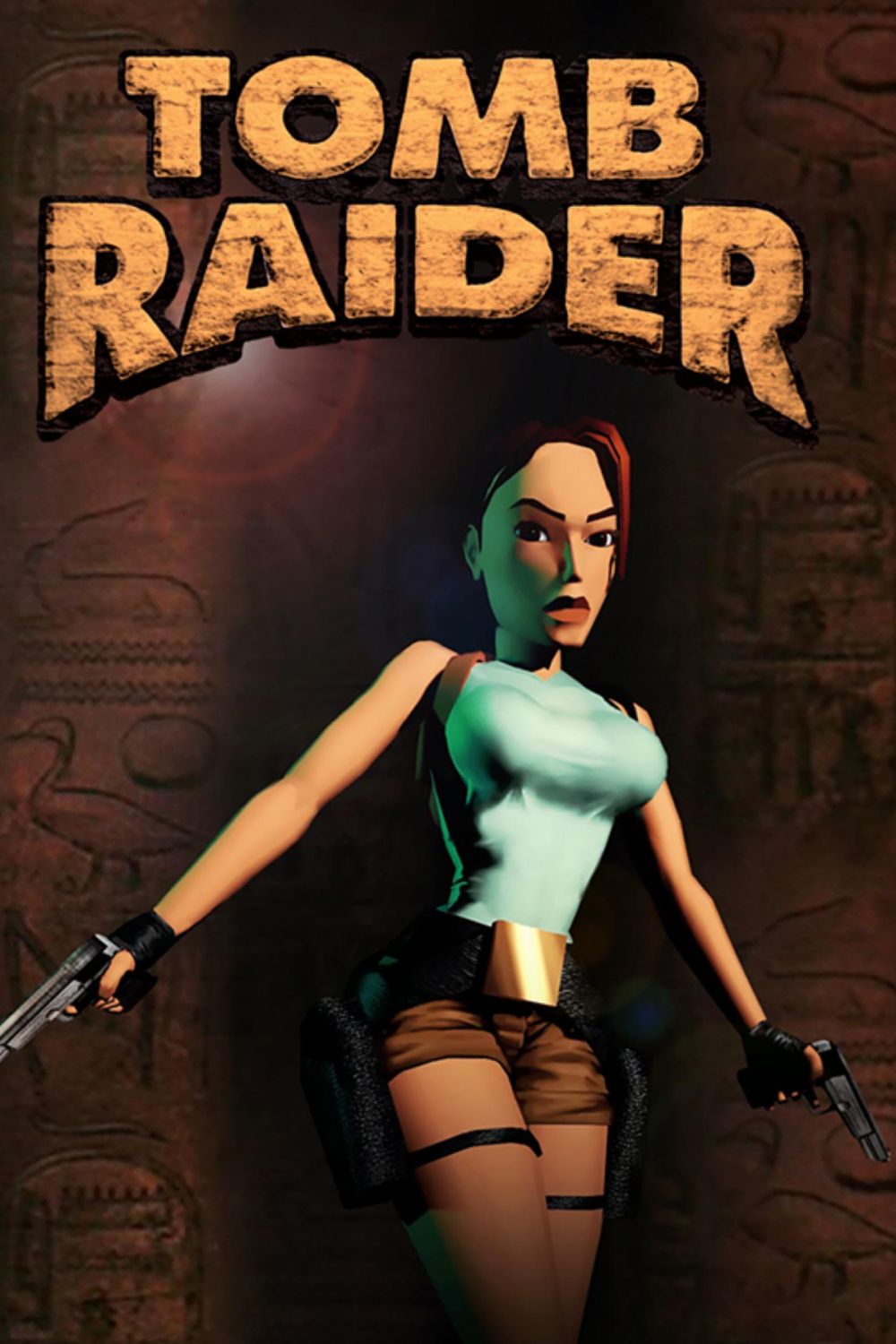
- T For Teen // Animated Blood, Violence
Before was released in 1996, female action leads were more or less exceptions. This was doubly so for video games, the marketing of which was almost always aimed at boys. With her trap-disarming wit, endangered-species-stomping confidence, and graceful (in the right hands) athleticism, Lara Croft appealed to boys, girls, and just about anyone with the right hand-eye coordination.
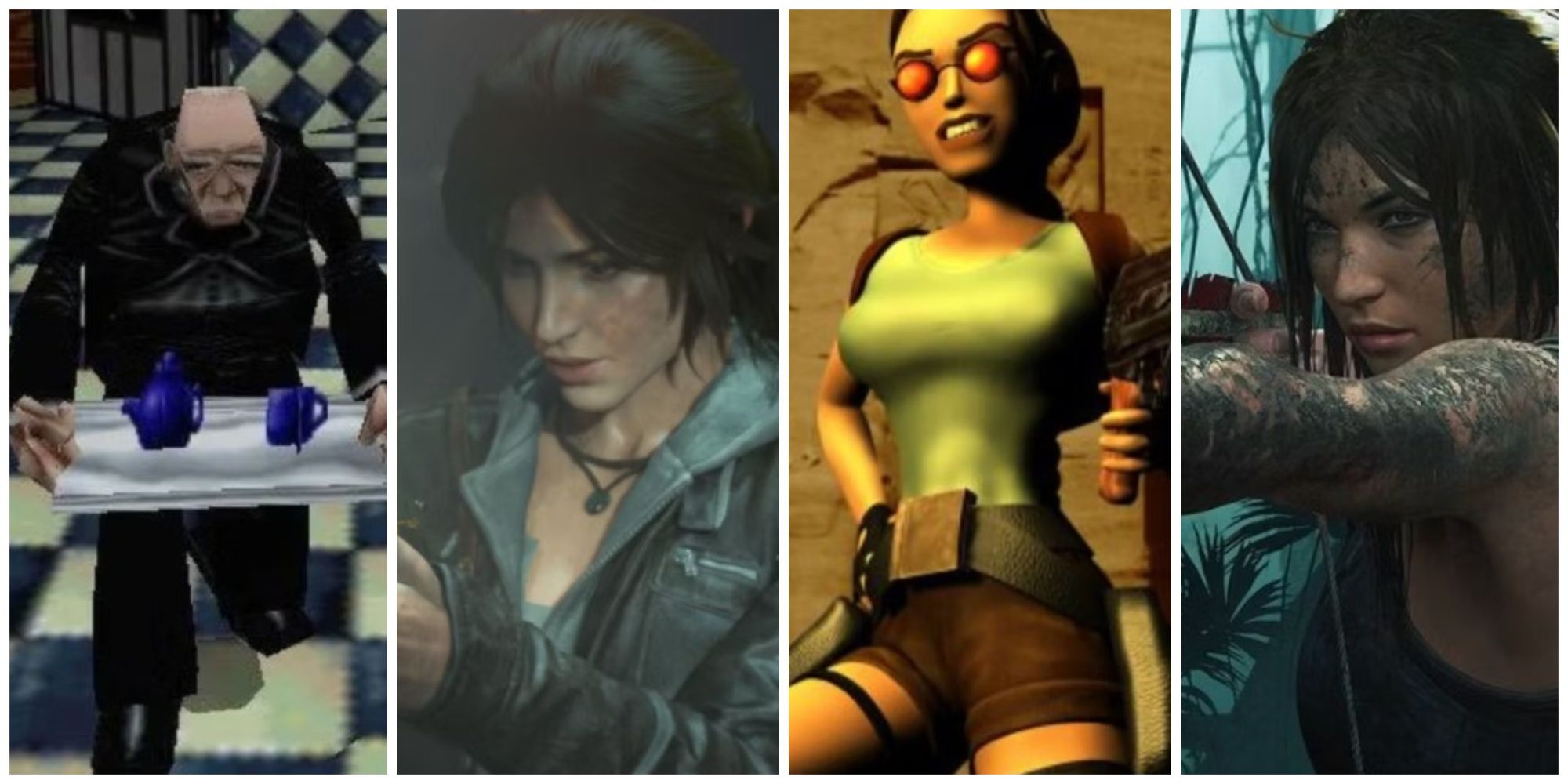
Related
Tomb Raider: Lara Croft's Greatest Achievements, Ranked
Lara Croft from the Tomb Raider franchise has a long list of impressive achievements, but few can deny the following are the most impressive.
Lara carved out a space for women in video games by showing that a heroine could be tough, smart, and compelling without losing any of her complexity or femininity. Today, the gaming landscape is filled with awesome female protagonists, from bad-ass action heroes to more nuanced or personal characters. However, without Tomb Raider's Lara making those first steps, many of those icons may never have found their footing.
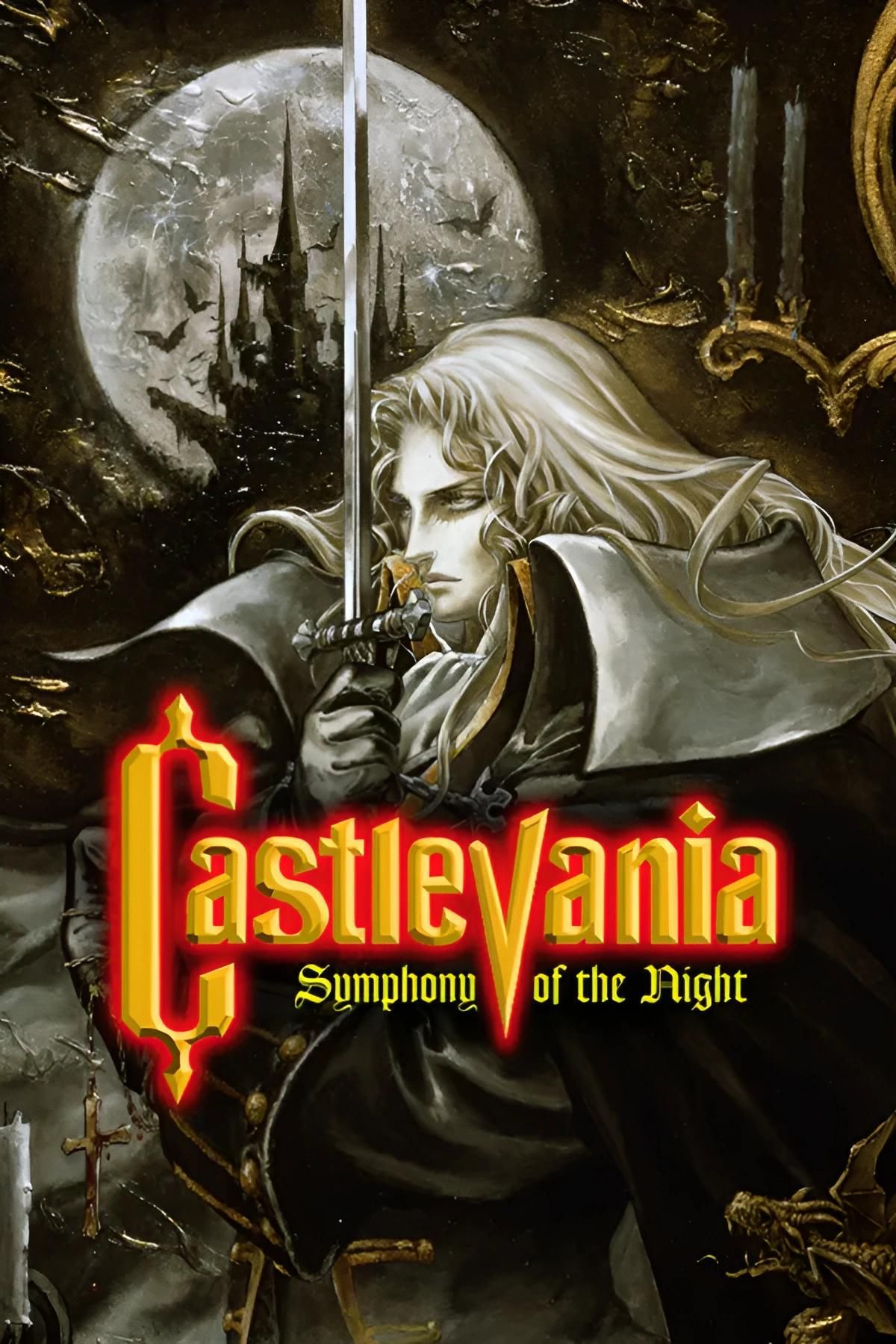
- T For Teen Due To Animated Blood and Gore, Animated Violence
At a time when 3D was all the rage, stuck to its guns with its 2D side-scrolling design. Rather than simply representing the best of a genre, it is known for (partly) creating a whole new one. With its sprawling, interconnected castle, stat-building RPG elements, and secret-packed design, it transformed Castlevania from a linear action-platformer into something deeper and more exploratory.
Where earlier games had been punishing obstacle courses, Symphony encouraged backtracking, discovery, and experimentation. Its art design was broodingly stylish in one part, lavishly bright in another, and always richly layered, with an iconic soundtrack and some of the most memorable sprite work of the era. Alongside its Nintendo counterpart, Super Metroid, it helped spawn the Metroidvania subgenre, one that thrived in indie and big-budget games alike.
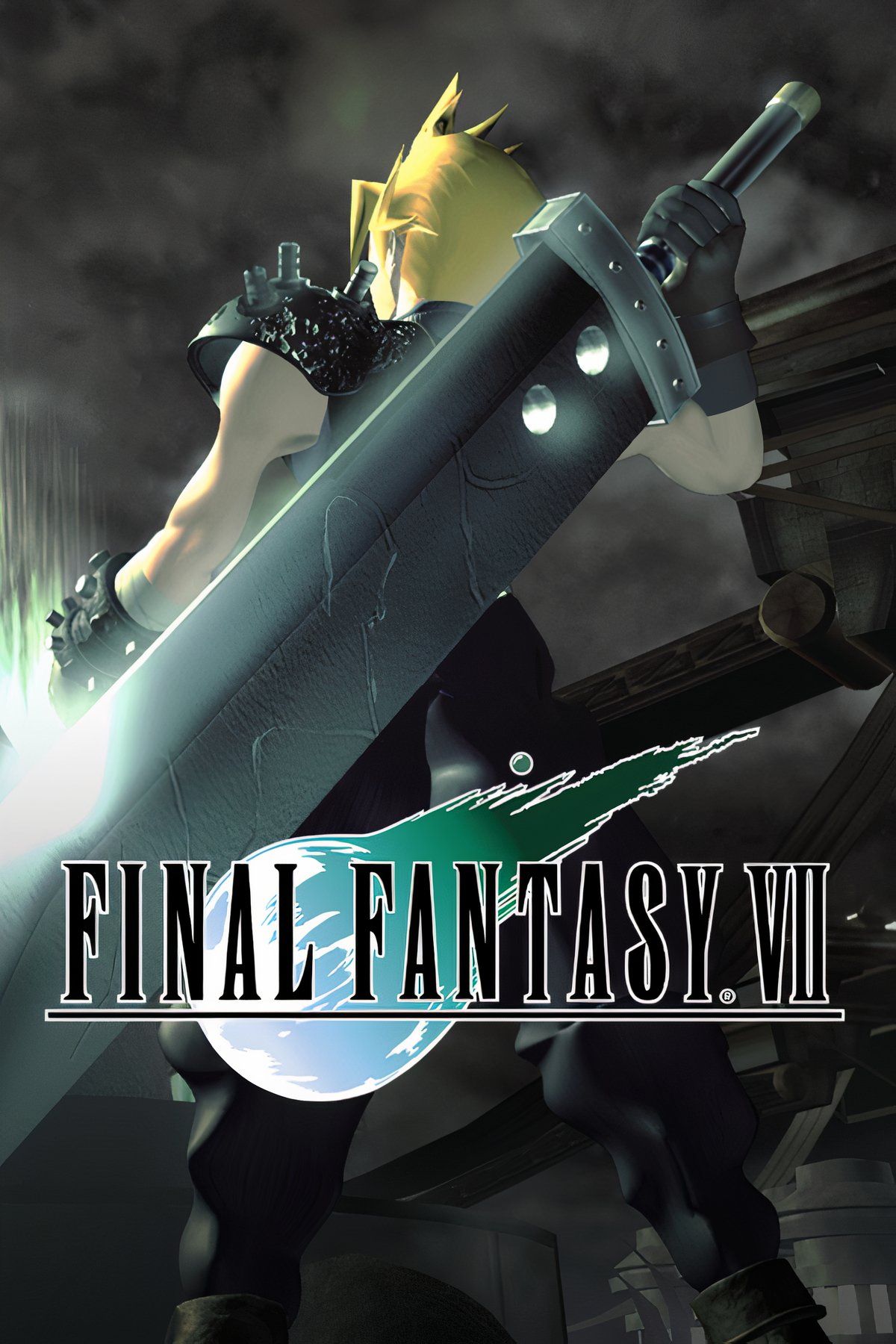
Final Fantasy 7
- January 31, 1997
- T for Teen: Blood, Fantasy Violence, Language, Mild Suggestive Themes
It is difficult to even imagine the modern gaming landscape without , a game that sold Japanese-style RPGs to Western audiences, masterfully rendered full-motion video at a time when 3D modeling and animation in games was just finding its feet, and telling a story with a legendarily iconic cast of characters that would become the seed for an entire anthology series.
For many gamers, FF7 was their first RPG, and the one that made them fall in love with the genre. Although its blocky character models and uneven translation haven't aged as gracefully as its storytelling ambition, it turned PlayStation into a home for narrative epics and proved that video games could make players feel something big.
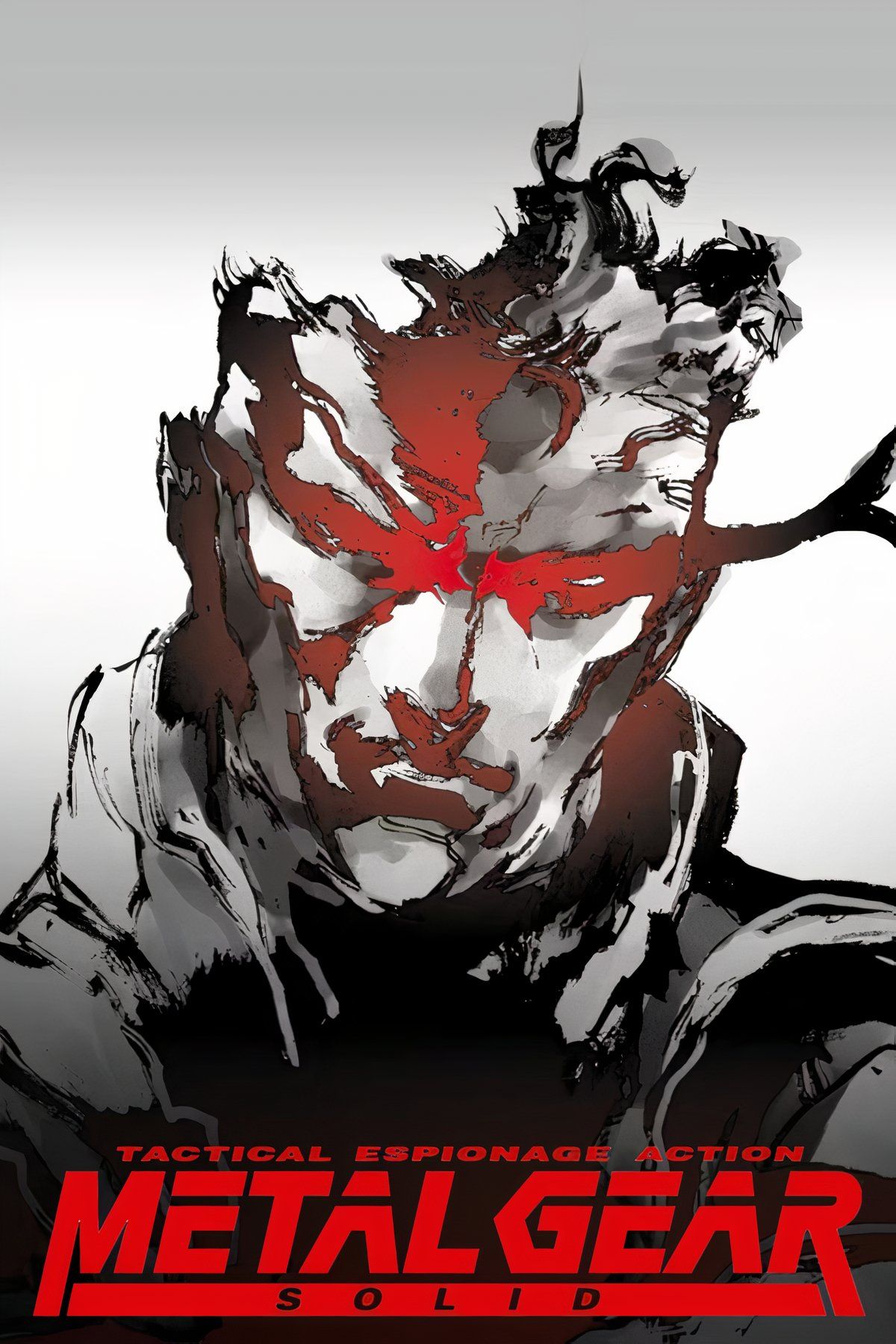
Metal Gear Solid
- October 20, 1998
- M For Mature 17+ Due To Blood and Gore, Suggestive Themes, Violence
By 1998, most games still separated gameplay from story with a clean line. This legendary stealth game punctured that division and proved that games could not only procure techniques from cinema but interweave them seamlessly with gameplay. played like a Hollywood techno-thriller, but with mechanics, narrative twists, and fourth-wall-breaking flourishes that could only work in a video game.
From its tense, top-down stealth action to its emotionally complex characters, MGS pushed the artistic and technical boundaries of console gaming. Psycho Mantis reading the player's memory card, enemies reacting to footprints, and grappling with real-life politics, disruptive scientific and medical breakthroughs, and existential philosophy were all revolutionary at the time and still feel bold today. And thanks to fully voiced performances and cinematic direction, it treated players not like kids, but as an audience ready for mature, morally gray interactive storytelling.

More
7 Things The PS1 Did Better Than Any Other PlayStation Console
The first-ever PlayStation did a lot of things right, that no other PS console has done as well since then.
